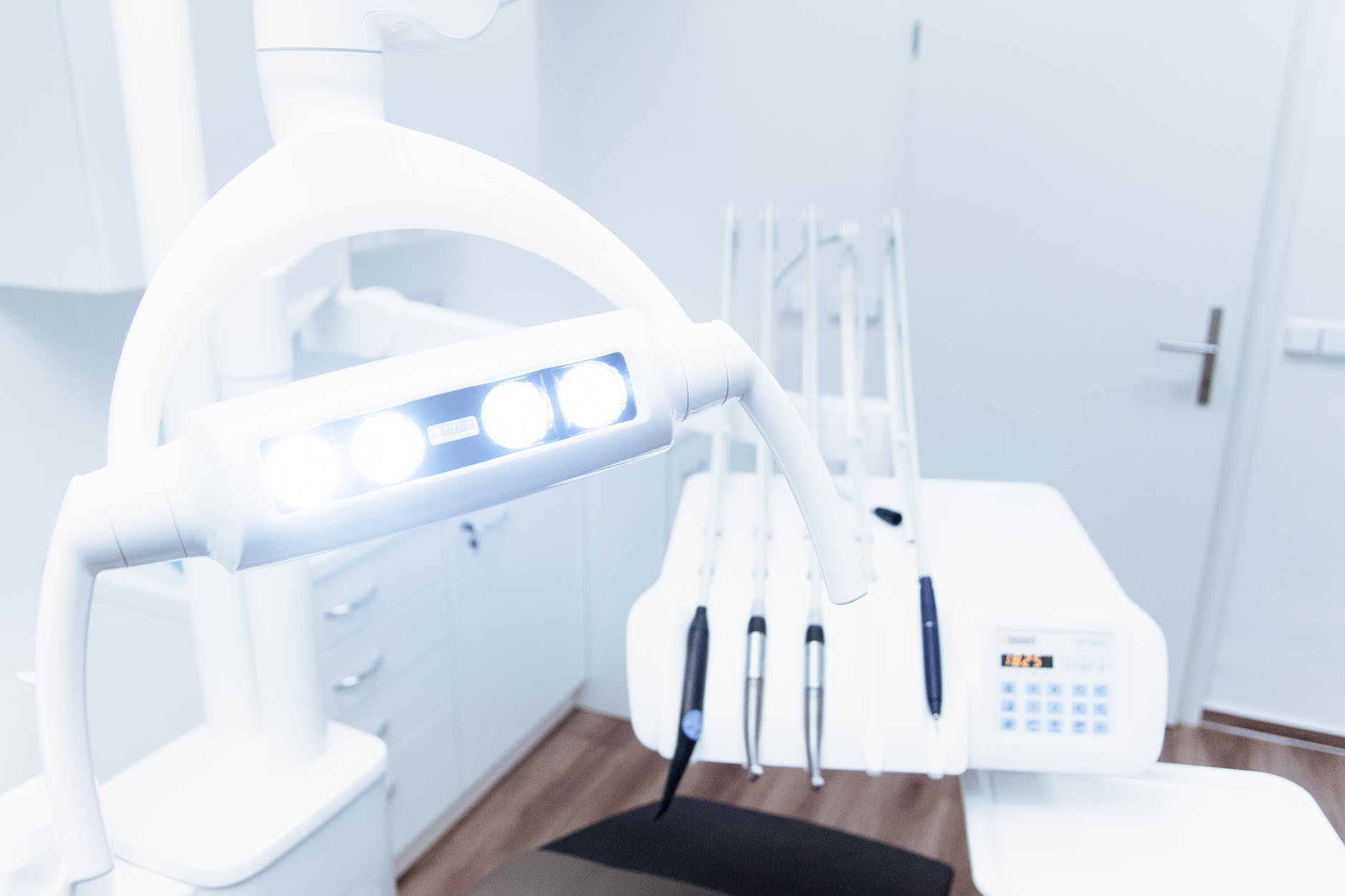
Healthcare Technology
The healthcare industry has long been one of the fastest-growing industries around. No other industry has taken greater leverage of the immense technological and scientific developments available today. This industry has revolutionized itself and stepped away from being a trial-and-error system to an incredibly methodical industry relying only on data and research-backed solutions.
Although there are new updates every day in this industry, healthcare technology is the latest new upgrade that is revolutionizing patient care. Understanding healthcare technology is vital for all healthcare practitioners who want to provide better care and streamline their work. By integrating technological solutions, healthcare providers can reduce time spent on menial tasks and instead focus on ensuring professional development.
Moreover, healthcare technology can be incredibly beneficial for patients too. Read below if you want to learn more about how technology can make life easier.
Protect against emergencies
Healthcare providers can do their best to ensure their clients get the help they need. However, there are situations where their input can be limited. For clients dealing with chronic conditions, in particular, it can be challenging for healthcare practitioners to keep a check around the clock. When the patients are at home or otherwise away from the clinic, checking their condition can be challenging. In such cases, healthcare technology can be an excellent way to ensure patients stay safe even when immediate medical attention isn’t available.
In particular, healthcare technology can be instrumental in helping patients with heart disease avoid emergencies at home. With over 70% of heart attacks and other problems occurring away from the hospital, survival chances can be drastically impacted if patients don’t have the right technological help.
Leveraging healthcare technology, however, allows patients to stabilize themselves until help is available. For this purpose, an automated external defibrillator (AED) is one of the most useful devices to have at home, and the portable design can help you ensure that you’re safe wherever you go. If you’re looking for a good defibrillator, visit https://store.avive.life/products/avive-connect-aed-1 to get the smallest and lightest FDA-approved AED in the market.
Improving data collection
Data collection is an integral part of providing accurate and useful healthcare solutions but is often one that can go neglected. Traditional data collection methods can make patients and healthcare providers feel bogged down, and keeping physical files or manually inputting data can be cumbersome. It often leads to data gaps, where healthcare providers don’t have accurate information on their clients, leading to impacted healthcare procedures.
However, healthcare technology can revolutionize data collection and ensure that all data is collected discreetly, with minimal effort. Wearables, in particular, can keep transmitting data to healthcare providers or creating a digital log which can be incredibly easy to access. This log can thus help healthcare providers have a much more accurate picture of their client’s condition outside the clinic.
Moreover, this data can be much more easily accessible by all relevant personnel, thus simplifying collaboration. The entire care team can stay updated on the client’s condition and spot any red flags or report issues before anything escalates to an emergency.
Making healthcare more accessible
One of the biggest reasons simple health-related problems can escalate into life-threatening issues for many patients is that people don’t seek help until it’s too late. For many clients, heading to the hospital, booking appointments, and keeping up with doctor’s visits can seem like an unnecessary hassle. Thus, Patients only start heading to the doctor when their issues significantly hinder their lives and cause daily impairments. At this stage, the problem may have escalated immensely.
Nonetheless, healthcare technology can make healthcare much more accessible, thus reducing the incidence of clients showing up with extreme cases. Telehealth gained immense popularity during COVID-19 and was instrumental in helping patients keep up with doctor’s visits without risking further exposure. Telehealth can thus help doctors and other healthcare practitioners keep up with clients who are far away, who can’t physically head to the doctor, or don’t want to due to fear or any other psychological block. Catering to these vulnerable groups, in particular, can be instrumental in ensuring a healthier society where everyone has equal access to healthcare.
Patient Education
Patient education remains one of the key hallmarks of a successful healthcare system. When patients are accurately educated on their condition, they can be in a better place to make the changes necessary to manage their lives. Healthcare technology can play a vital role in patient education and teaching clients how to live with their condition more easily. Apps and healthcare devices can become a key part of the client’s lifestyle without being too cumbersome.
Reminders from apps to take medication, incorporate healthier food items, get some exercise, and log their heart rate, blood sugar, and other stats can help them monitor themselves better. Additionally, certain healthcare wearables can alert patients when their condition is about to worsen and can help them seek help immediately. These technological advancements can keep patients and healthcare providers connected while helping patients gain greater independence.
Increased accuracy
Increased accuracy is one of the fundamental ways technology has changed the healthcare system. Where previously, doctors would rely on assumptions or deductions when making recommendations, healthcare technology now allows them to be much more exact when recommending any treatment or procedure. Technology such as MRIs, CT scans, and other diagnostic tests have become increasingly refined, allowing healthcare practitioners to pinpoint the cause of any issue accurately.
Doing so can also reduce inefficiencies and allow doctors to catch issues much faster. Blood tests are becoming increasingly efficient at detecting several latent issues, enabling healthcare practitioners to screen for problems before they exist. This proactiveness can be exceptionally helpful when dealing with pregnancies where the child may be at risk of a birth condition. Pre-birth screenings can help parents prepare for any unforeseen issues and ensure they can provide their child with the best care.
Conclusion
Healthcare technology has been one of the most vital developments transforming how healthcare providers approach patient care. Owing to these developments, the healthcare system is now more patient-oriented than ever and offers patients a better chance to cater to their conditions independently. On top of that, individuals can now get advanced solutions like automated external defibrillators online to prepare for medical emergencies. Healthcare’s amalgamation with technology is a tremendous marvel of today’s time.






